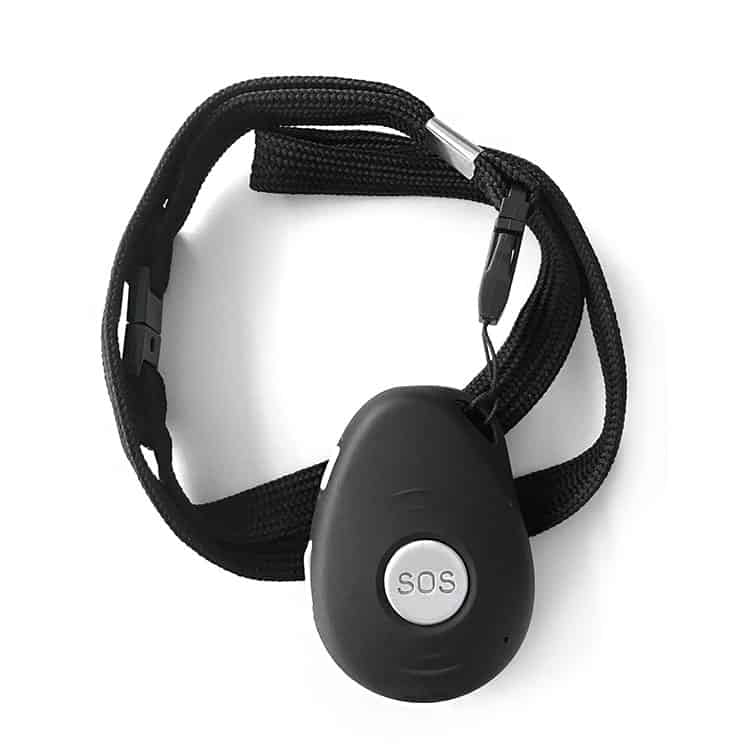
GENERAL SPECIFICATIONS
SOS alarm and Push button calling
Two way audio communication
Automatic answer
Low battery reminders
GPS Location Tracking
Serious Fall Detection
Man down – Motion/no motion sensor
GENERAL
Dimension: 61mm * 44mm * 16mm
Weight: 40g
Backup battery: Rechargeable, 3.7V,
850mAh (Li-Polymer)
Charging voltage: 5V DC
Operating Temperature: -20°C to +55°C for working
-30°C to +70°C for storage
Battery life: Up to 72 hours under
normal environmental conditions
Water Resistance: Follow the IPX6 Standard
GPS SPECIFICATION:
GPS chipset: AT6558 (AGPS Support)
Channels: 50
Receiver frequency: 575.42/1602MHz
Cold starts: approx 32S, typical TTFF (95%)
Warm start: approx 32S, typical TTFF (95%)
Hot start: approx: 1S, typical TTFF (95%)
Antenna: Built-in ceramic antenna
HARDWARE SPECIFICATIONS:
Sensors: Built in motion sensor
Built in vibrator sensor
SIM card: Nano SIM card,
Flash Memory: Built in 16MB memory
Normal current consumption: 30~50mAh
GSM/WCDMA SPECIFICATION:
Supported Bands: Must use one of the frequencies as MAIN frequency
*USA CANADA – Comparable SIM cards must use B2/B4/B12 (4G)
**EUROPE/UK, UAE, AFRICA & ASIA – Comparable SIM cards must use B1/B3/B7/B8/B20 (4G)
OCEANIA/SOUTH AMERICA -Comparable SIM cards must use B1/B3/B5/B7/B8/B28 (4G)
We supply devices world wide with versions that will work in USA, Canada, South America, UK & Europe, Africa, Singapore, Australia & New Zealand. Get in touch to find out more. SIM cards require Voice, SMS & Data.
Recommended SIM Cards:
USA – Approved for AT&T Network –AT&T. Will also work with T-Mobile.
Canada – Rogers, Bell, Telus, Tbaytel, MTS or Sasktel
UK & Europe –EE/ BT(UK), Vodafone, O2 & 3 Networks**
UAE (United Arab Emirates) – Du
Australia – Telstra, Vodafone or Optus
New Zealand –2Degrees, Spark, One.nz
Singapore – Singtel
Please check with your local cellular carrier to see if their SIM cards work on the correct frequencies or visit here for an updated list of possible carriers
